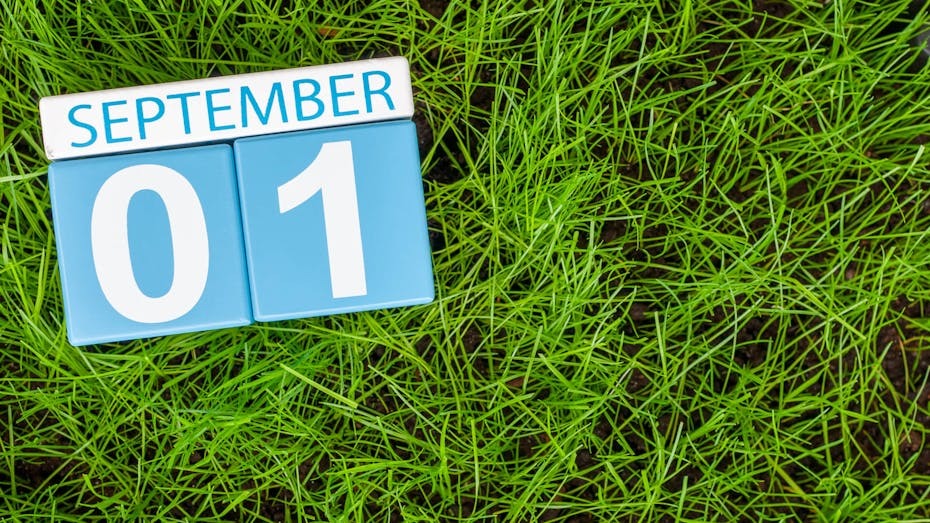
When to Rake or Scarify
Lawn scarification is invasive so de-thatch the grass at the right time of year to get fast recovery and less disruption
Raking or scarifying your lawn, whether it be for thatch or moss, is in the long term an extremely beneficial procedure but in the short term it can make a right old mess of it. Though it will recover and be better than ever, getting there in the shortest possible time is our ultimate objective.
So many times I see people doing a thoroughly good job with their scarifying but at the wrong time of year or in the wrong conditions. This means the lawn is an eye sore for weeks if not months afterwards. You may also cause damage to your otherwise healthy grass plants thereby worsening the problem. Makes me shudder!
Time your programme according to the ability of the lawn to recover. This means warmth, sun and rain whilst avoiding cold, heat or drought. In other words you need good growing conditions and if your lawn isn’t growing well before scarifying then it won’t grow well afterwards leaving you with a much disfigured lawn!
Spring: Raking & Light Scarifying
Light de-thatching or scarifying and moss removal can be done in spring and or autumn. Spring generally means sometime in April just as things warm up thereby increasing the growth and recovery rate but before the heat and dryness of summer slows things down. Autumn would generally be late August or September as the rains start but before the cold sets in.
Autumn: Heavy Scarifying
For heavy thatch or moss infestations requiring deeper scarifying or raking then try to stick to the autumn period. Why?
Heavy raking or scarifying is going to seriously thin the lawn leaving soil exposed in many places. This makes an ideal seed bed not only for over seeding with new and improved grass seed but also for all the weed and weed grass seeds floating around. By confining this intensive treatment to August or September you will avoid the bulk of the years weed seeds. If you do this in spring you’ll just replace your moss or thatch problem with a weed problem! Having said that, there are a few exceptions when spring is the best time:
- It is better to rake or scarify in spring if you were unable to do it the previous autumn perhaps due to bad weather rather than put it off. Keep putting it off from autumn to autumn could mean you’ll have a bigger problem than a few weeds!
- If the area to be scarified is shady. Shady areas will thin over winter and thicken up from spring onwards. Therefore if you scarify in autumn you’ll just make things worse.
- If the area is under trees. The shade from trees plus the autumn fall of leaves will reduce grass health and vigour but in spring – late March through April - the trees are bare allowing maximum light to your lawn enabling good growth and maximum opportunity for new grass seed to get growing.
Ready the Lawn for Scarifying or Raking
Planning ahead is important. You need short dry grass for raking or scarifying so bring the grass height down gradually over a week or two before hand. This doesn’t shock the grass whilst also allowing air deeper into the turf helping dry the grass.
If you have any weeds in your lawn then you can manually remove them but don't use any weed killer. Scarifying within a few weeks of weed killer application disrupts the weed killing process and in addition may cause seed germination issues if you are going to over seed after scarifying. Scarifying can help control some creeping weeds though.
The final bit of preparation is to have good soil moisture so that the lawn recovers as quickly as possible afterwards. If there is too much (soft ground) or too little (dry hard soil) you need to either wait until the conditions improve, assist them to improve or not rake or scarify at all.
The day before attacking the lawn mow it as close as possible without scalping. Long grass just creates resistance to the scarifier with ultimately more rubbish to collect. Dry grass and moss makes life a lot easier as well. Plan to rake on a dry day with no dew around. The afternoons are often best. If the weather doesn’t play ball, keep the grass short until you get another raking opportunity.